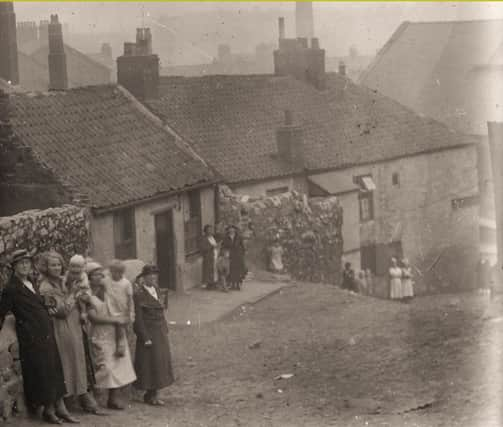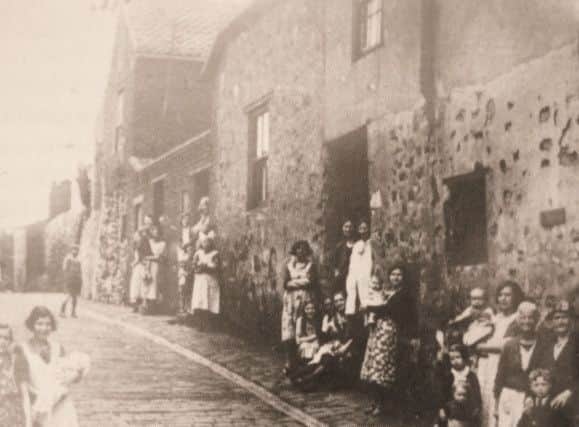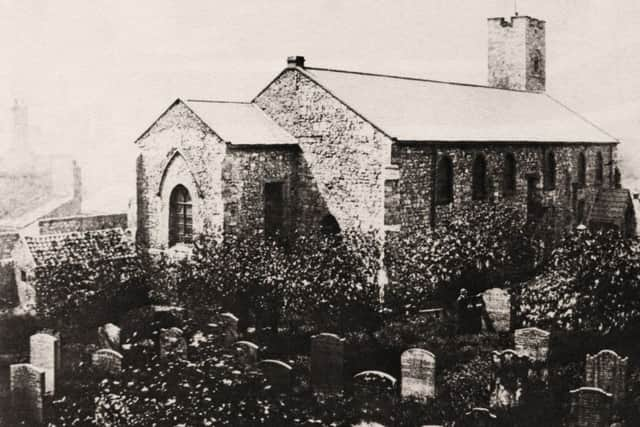We welcomed the world to Sunderland - and the world left the city with more hills!


The answer, for all the quiz buffs out there, is Sunderland.
Yet unlike other major communities, this was a city whose number of hills was actually growing.


Advertisement
Hide AdAdvertisement
Hide AdAnd to explain more, Sunderland Antiquarian Society member Norman Kirtlan takes up the story.
Back in Saxon times when the Monastery of Saint Peters had more scholars than Oxford and Cambridge combined, Sunderland was indeed surrounded by seven hills.
But that was soon to change and it all came down to the very reason why Sunderland was such a popular place to be.
As the town grew in importance and a thriving port developed around the Wear, an unexpected by-product of this new prosperity was about to swallow the town whole and change its landscape forever.


Advertisement
Hide AdAdvertisement
Hide AdThat by-product was ballast and it was arriving in Sunderland in vast amounts - on the very ships that were coming to Sunderland to do trade.
The journeys of foreignsea captains had brought them from far off shores.
They were here to buy and carry off pottery, glass and coal which were our main exports.
But they also arrived on our shores with a cargo of their own – less precious, but essential for safe passage.


Advertisement
Hide AdAdvertisement
Hide AdTons of soil and sand and shale and gravel had to be emptied before the goods could be loaded up. And that was what caused the start of our hilly problem.
It was an act of vandalism that continued for hundreds of years.
The seafarers shovelled out their ballast into great heaps along the river’s edge – principally at Monkwearmouth and Deptford.
Slowly but surely, great hills grew to such a height that they threatened to swallow everything in their path – even Saint Peter’s Church.


Advertisement
Hide AdAdvertisement
Hide AdBy the 1780s, this great building had come within a few feet of being completely covered.
In fact, another barrowful and the front door would have been sealed forever.
But the people of Sunderland were not going to let something as simple as soil and sand slip by. It was a golden chance to do something for themselves.
Ever the opportunists, nothing as paltry as a few hundred foot hills would stand in the way of Monkwearmouth folk’s personal development.
Advertisement
Hide AdAdvertisement
Hide AdThey simply hauled up a few thousand bricks and built their houses on them.
It extended across the landscape and soon the hills had names.
Palmers Hill, Look Out Hill, Cage Hill and Meeting Hill soon became part and parcel of the landscape, and each of them were thronging with people and industry.
Up on Meeting Hill, the Baptists even built a church.
And if you ventured to the top of Palmers Hill, in 1840, you might have spotted four young shipwrights who were building themselves an Ark.
Advertisement
Hide AdAdvertisement
Hide AdWell, they would have called it a ship I suppose, but one has to question their sanity in building this great wooden vessel on top of a monstrous hill.
It was only when it came time to launch the thing that reason finally hit home.
The small matter of a few homes and other miscellaneous obstructions became relevant.
Each of them had to be negotiated before the vessel could sail.
Advertisement
Hide AdAdvertisement
Hide AdOn the day of reckoning, the town was closed to all vehicular traffic.
Excitement mounted and thousands of people lined the river banks to watch this foolhardy spectacle.
One of the daredevils tied himself aboard, cut the holding ropes and sledged the wooden monster at great speed down the slope and into the river.
After submerging briefly, the ship emerged unscathed - and that’s when the massive round of cheers went up.
Advertisement
Hide AdAdvertisement
Hide AdIf your long-departed grandparents were buried in Saint Peter’s graveyard, it is worthy of note that the ballast that threatened to engulf the church was eventually flattened, filling in the dips and natural landscape around the church.
Gravestones had to be removed to facilitate this back-breaking barrow-work, and sadly, no heed was paid to their original positions when the gravestones were eventually, some years later, put back in neat rows around the church.